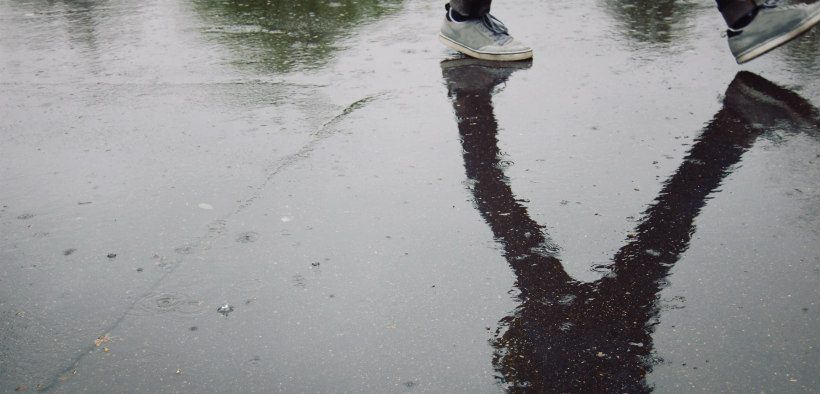“Storms come and go fast. When the downpour reaches the ground, the water runs away quickly—little gets into the ground. Drizzle offers a different image—fine, slow, silent, and yet penetrating. Drizzle soaks into the ground. The Chinese have a saying: ‘Real education is like the spring drizzle, silently penetrating and nurturing.’” That’s an excerpt from an article by Xin-An Lu published in the May 2001 issue of the Teaching Professor.
Education: Like a Drizzle or a Downpour?

Related Articles
I have two loves: teaching and learning. Although I love them for different reasons, I’ve been passionate about...
Active learning is a mostly meaningless educational buzzword. It’s a feel-good, intuitively popular term that indicates concern for...
Perhaps the earliest introduction a student has with a course is the syllabus as it’s generally the first...
Generative AI allows instructors to create interactive, self-directed review activities for their courses. The beauty of these activities...
I’ve often felt that a teacher’s life is suspended, Janus-like, between past experiences and future hopes; it’s only...
I teach first-year writing at a small liberal arts college, and on the first day of class, I...
Proponents of rubrics champion them as a means of ensuring consistency in grading, not only between students within...







